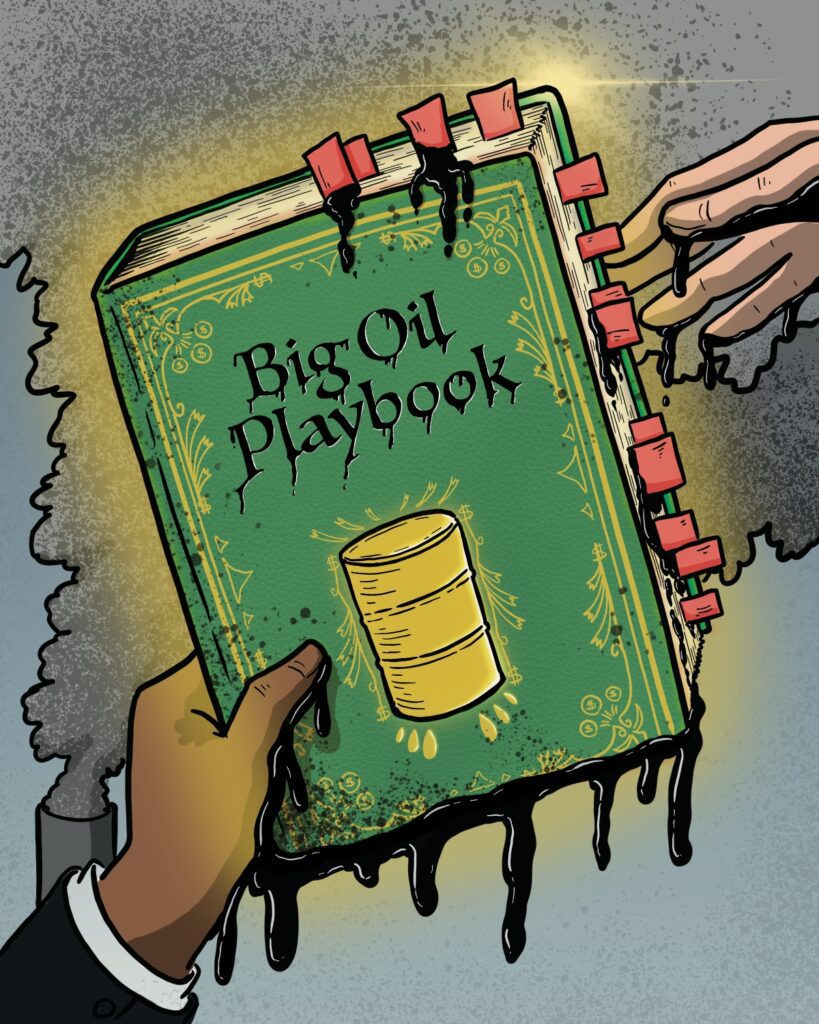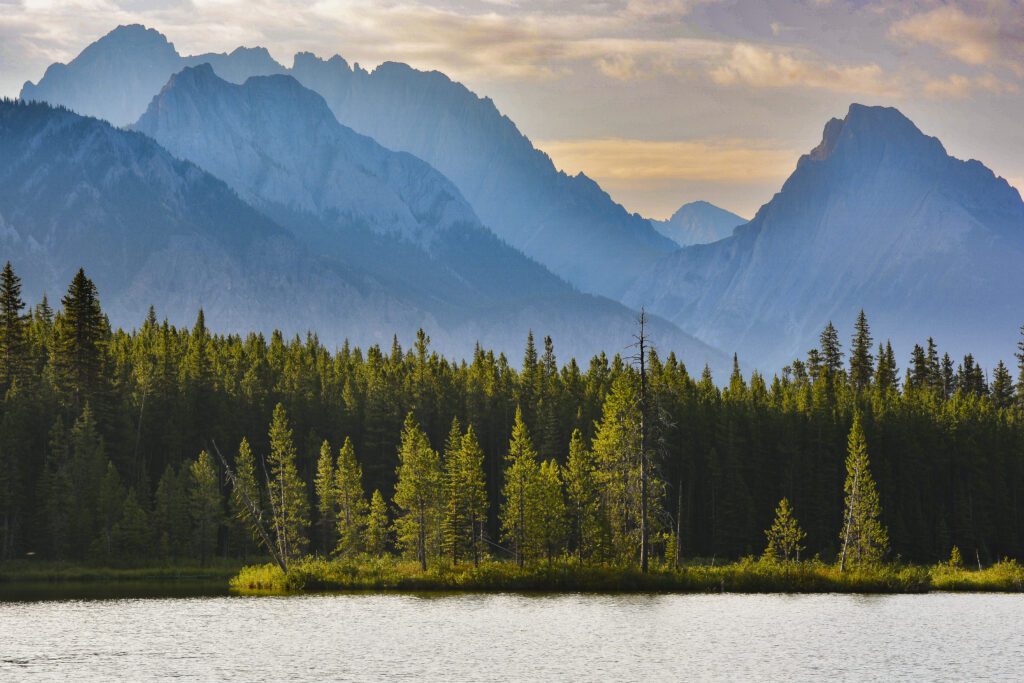In the face of the accelerating climate crisis and increasingly urgent warnings from scientists, you’d think that Canada would be pulling out all the stops to slash emissions and accelerate the transition to renewable energy. Instead, we’re watching the oil and gas industry—and the politicians who enable them—continue to push for a dangerous distraction: Carbon Capture and Storage (CCS).
Touted as a miracle climate solution, CCS is being handed generous subsidies by provincial and federal governments. Aside from the fact that industry should have to pay its own way, the problem with CCS is that it doesn’t work as advertised. In fact, it risks locking us in more emissions, more public spending and more delay on much-needed climate action.
Here are five reasons why CCS is BS (Bunk Science):
1) It is an Expensive Distraction from Real Climate Solutions
CCS is incredibly costly and inefficient – it requires billions of dollars in subsidies for minimal emissions reductions. It is not a new technology – CCS has been around for over 50 years and has consistently failed to live up to expectations. In 2022, the Institute for Energy Economics and Financial Analysis reported that 10 out of 13 major CCS projects failed to deliver on their targets. The money that is used to subsidize CCS could be used towards real climate solutions – renewable energy, improving public transit, or retrofitting homes for energy efficiency – that are cheaper, faster and much more efficient in cutting emissions.
CCS has become an industry darling for oil and gas companies. However, most projects don’t ever make it off the ground, and the small percentage that do underperform vastly. 
2) It is a Delay Tactic from Oil and Gas Companies
By talking up CCS, Canada and the oil and gas industry are kicking the climate can down the road. Politicians and the industry offer an empty promise about reducing emissions from oil and gas production via CCS and they claim that Canadian fossils are in some way environmentally responsible but this actually serves as a justification to keep on producing. The thing is, it’s all talk. But the science is crystal clear: we cannot keep the rise of global warming to 1.5°C, or even 2°C for that matter, if we fail to take real climate action.
CCS is a shiny object that not only distracts from the need to phase out oil and gas production and transition towards renewable energy, but also serves as a justification to increase the extraction of oil and gas. Furthermore, most of the (small amount) of captured carbon is ultimately used for digging up more oil and gas.
3) It Comes With Real Environmental and Safety Risks
Behind the greenwashing from the oil and gas industry lies a growing body of concern about the real-world dangers of CCS infrastructure. Transporting the captured carbon requires a network of high-pressure pipelines, which can and have exploded in the past. In 2020, a pipeline rupture in Mississippi sent 45 people to the hospital and required hundreds of people to be evacuated.
There are also risks to groundwater aquifers, which could be contaminated if leakage occurs. In Canada, these risks disproportionately impact Indigenous communities.
4) Even Big Oil Knows It’s Not a Real Solution
Despite their massive ad campaigns, oil and gas companies know CCS won’t significantly reduce their GHG emissions. The Pathways Alliance’s CCS pipeline project in Alberta, which will cost Canada billions in taxpayer money, is expected to reduce 10-12 MT of CO2 by 2030. For context, the oil and gas industry’s GHG emissions in 2023 were 208 MT of CO2.
Worse still, a recent InfluenceMap report showed that despite their public communications, the oil and gas industry flagged the uncertainty around CCS projects to the Government of Canada.
5) It Doesn’t Reduce Downstream Emissions
Even if CCS could capture every tonne of carbon emitted from the production of oil and gas in Canada, which it doesn’t, it would still miss the vast majority of fossil fuel related emissions. Up to 90 per cent of emissions come from the burning of fossil fuels, i.e. driving vehicles, cooking and heating in buildings etc. These emissions are known as downstream emissions.
Spending billions of dollars on an ineffective technology that ignores the vast majority of fossil fuel related emissions doesn’t seem like a smart choice – yet the oil and gas industry wants Canadians to pay for these projects. Because it allows them to continue producing fossil fuels, while pretending to care about climate action.
Carbon capture is not about saving the climate – it is about saving the fossil fuel industry. It is a smokescreen used to delay real climate action and justify further oil and gas expansion.
Don’t fall for the hype – CCS is BS (Bunk Science).










